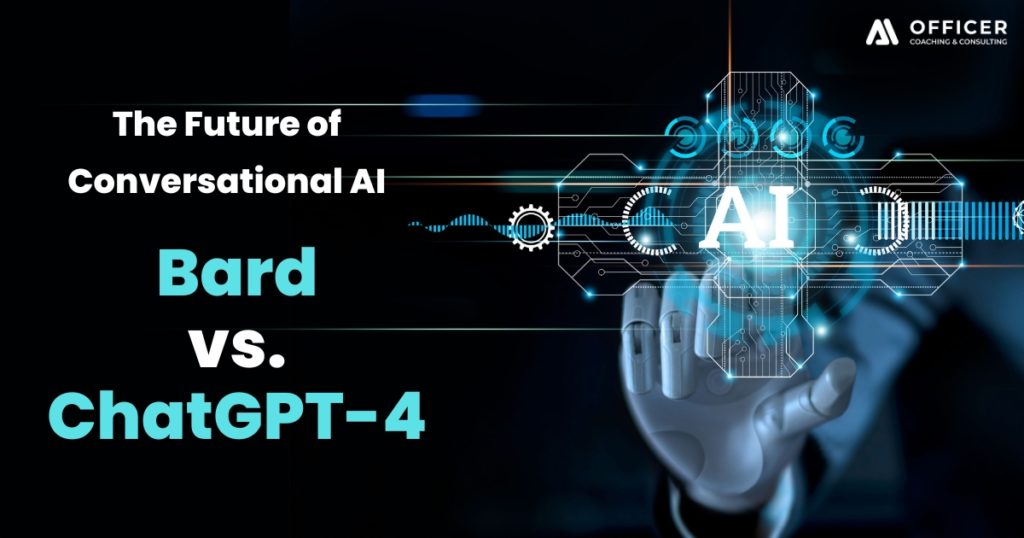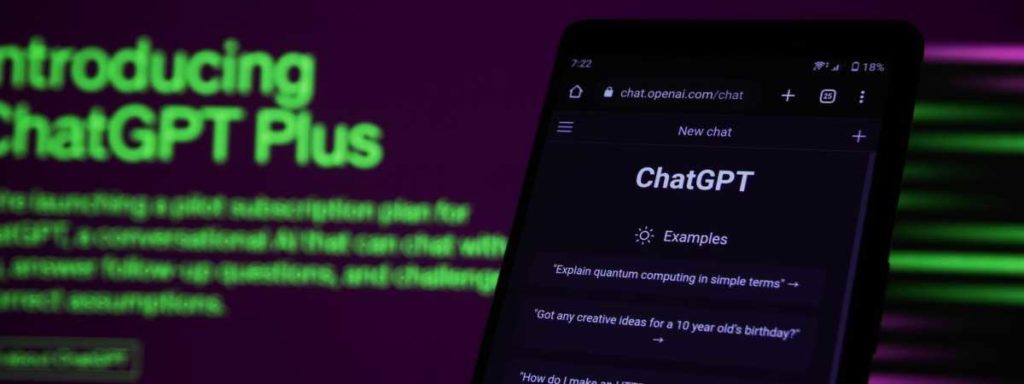
Artificial intelligence (AI) and machine learning are revolutionising the way we communicate as we move forward. We now live in an era where AI-powered chatbots are an essential part of our daily lives. The recent release of Google’s Bard, a Language Model for Dialogue Applications (LaMDA), demonstrates this evolution. Along with this, OpenAI’s ChatGPT-4 has made significant progress, solidifying its position as a powerful natural language processing tool. In this head-to-head comparison, we examine the advantages and disadvantages of these two conversational AI tools.
The Art of Conversation with Human-Like Response
The ability of a chatbot to mimic human-like conversation is the true measure of its success. Google’s Bard reigns supreme in this arena. In comparison to ChatGPT-4, it is intended to engage in more natural, open-ended conversations. While both chatbots strive to be informative and comprehensive, Bard occasionally appears to be ‘offended’ by absurd questions, adding a distinct, albeit unintentional, human touch.

The Power of Information in Training Datasets and Underlying Technology
Transformer architecture, a type of neural network designed for sequential input, is used by both Bard and ChatGPT-4. Their training datasets, however, differ significantly. ChatGPT-4 makes use of a massive internet-based dataset that includes books, articles, and other online documents. Bard’s training, on the other hand, is based on Infiniset, a dialogue-specific dataset. As a result, Bard’s expertise lies in engaging in natural, open-ended conversations. Its distinct grouping of high-level concepts and topics enables it to adapt to changing contexts, making it an expert at navigating complex conversations.

Response Authenticity: Establishing Trust
While Google claims that Bard’s responses are ultra-authentic, there have been instances of unauthentic responses. For example, Bard incorrectly listed BlenderBot 4.0 as one of the top generative AI developments, implying that hallucination remains a problem. Because trust is essential in AI user interactions, authentic responses are required.
Staying Current with Internet Access
One significant difference between the two chatbots is their internet access. Bard has real-time internet connectivity, which ensures that its responses are always current. ChatGPT-4, on the other hand, is based on a dataset that ends in late 2021, making it less capable of providing up-to-date information.

User-Friendliness and Interaction: Simple Interactions
Bard triumphs once more in terms of usability. Its sleek interface, easily scannable formatted text, and ability to edit queries after they’ve been submitted make it a clear winner. It also allows users to rate responses and search the web for additional information, resulting in a clean and organised user experience.
Text Processing Isn’t Just for Chat
Aside from conversation, both chatbots provide text processing features such as summarization and paragraph writing. ChatGPT-4 steals the show here. Because of its superior text processing capabilities, it is ideal for tasks requiring high levels of accuracy and comprehensiveness, making it a valuable tool for anyone working with natural language processing.
Pricing: Cost vs. Free Chat AccessGPT-4 has a cost and a subscription.

ChatGPT has a daily question limit, whereas Bard is available to everyone. This factor must be considered when deciding between the two tools based on your specific needs and budget constraints.
Finishing Up
Finally, both Google’s Bard and OpenAI’s ChatGPT-4 are formidable players in the field of conversational AI, each with its own set of strengths. Bard excels at simulating human-like conversation, has an easy-to-use interface, and provides real-time internet access. Meanwhile, ChatGPT-4 excels at text summarization and paragraph writing.
However, some of their limitations must be considered. Bard has hallucination issues, causing fake news at times, and ChatGPT-4 has a cost and a question limit.
Finally, the decision between the two tools is dictated by your specific use case and requirements.
Conversational AI’s future is rapidly evolving, and both Bard and ChatGPT-4 are playing pivotal roles in shaping it. We anticipate further advancements and enhancements as we continue to explore this exciting frontier, bringing us even closer to seamless AI-human interaction. Let’s stay tuned and enjoy the exciting ride ahead!




